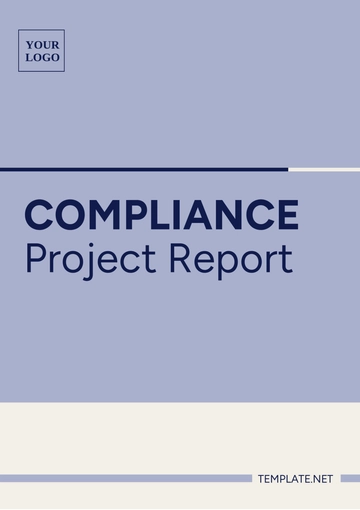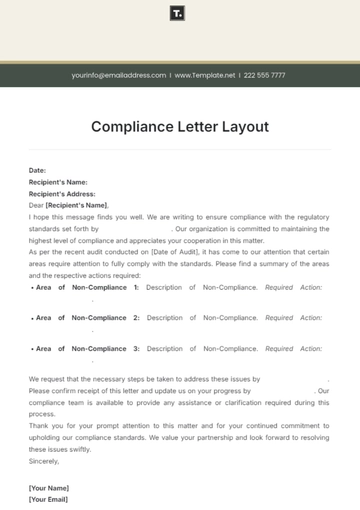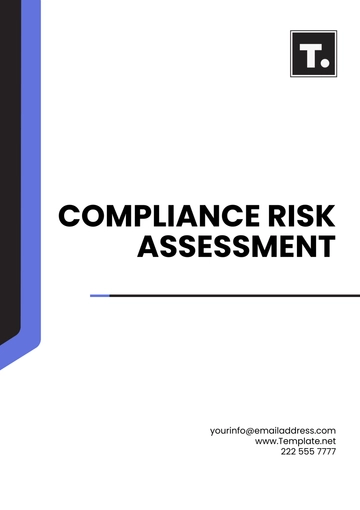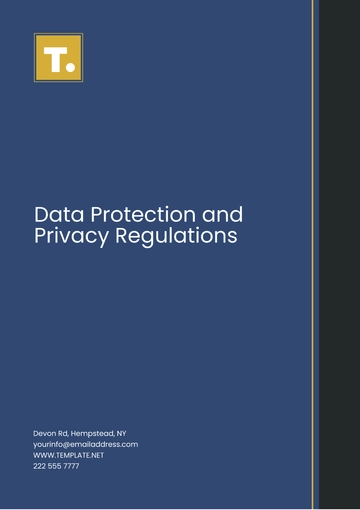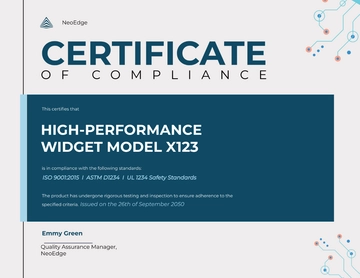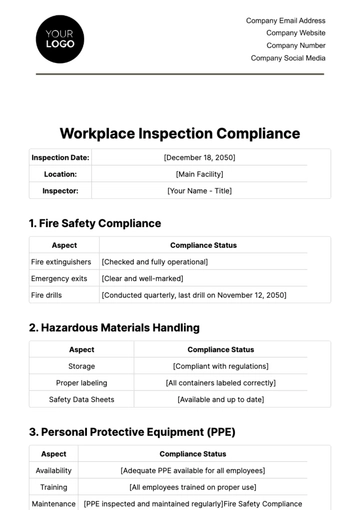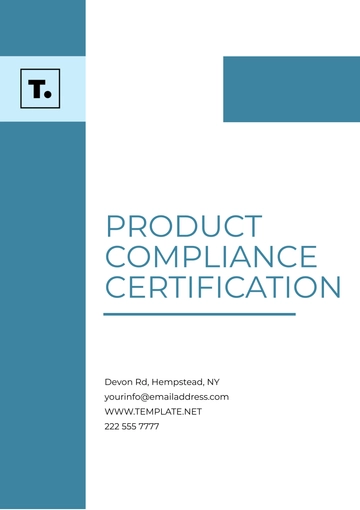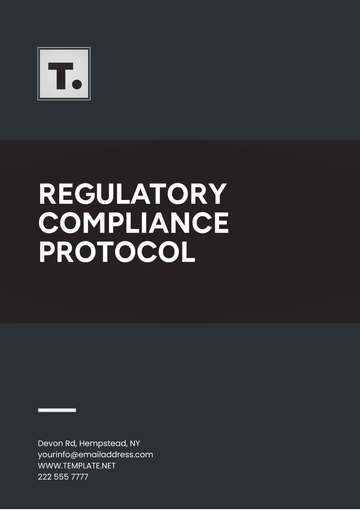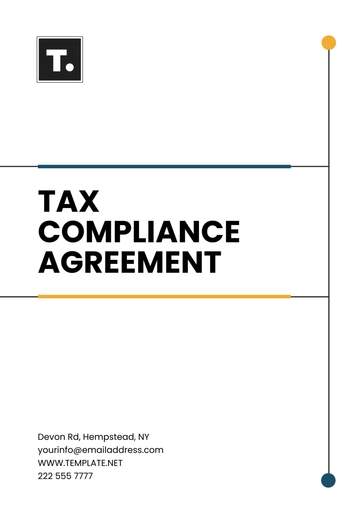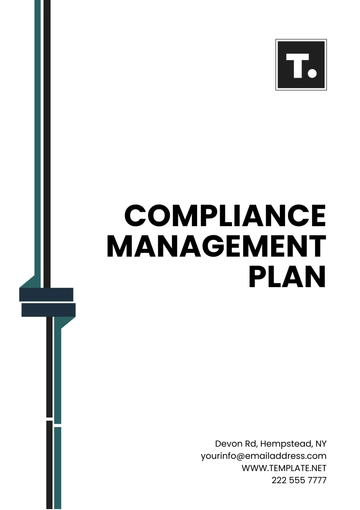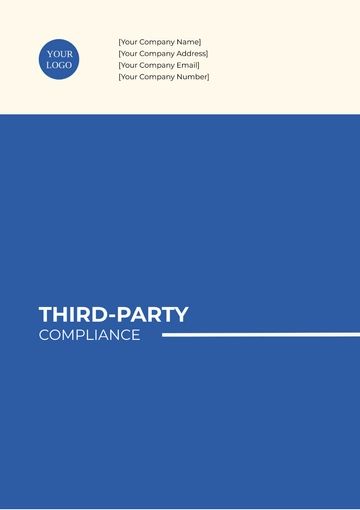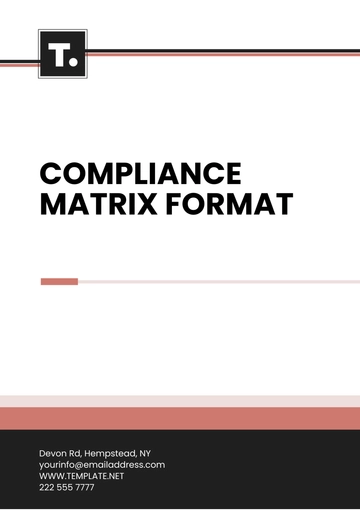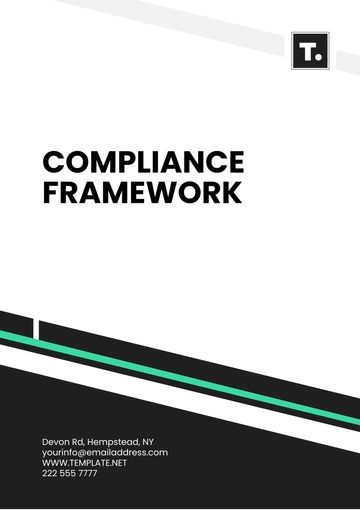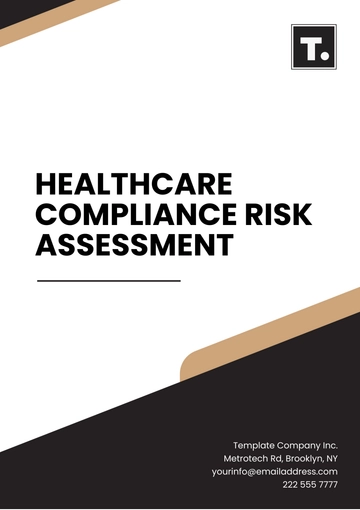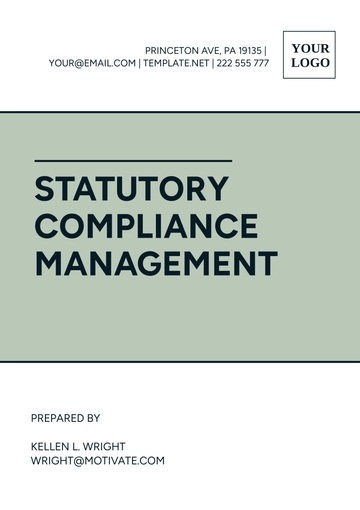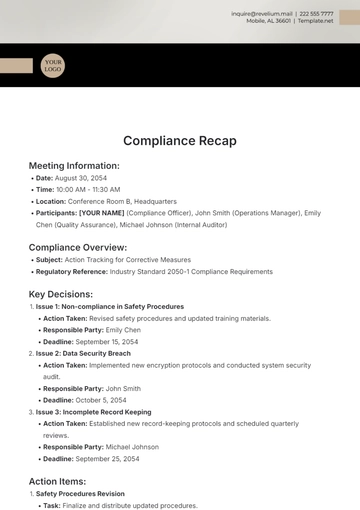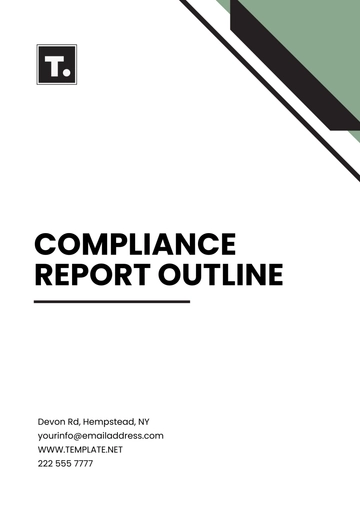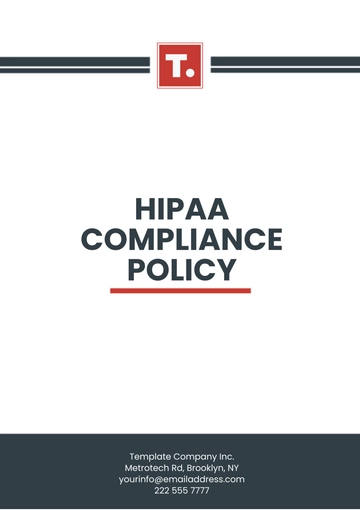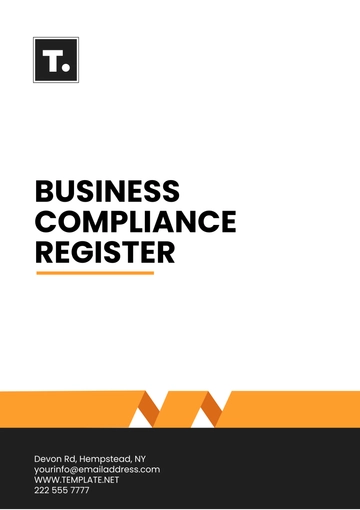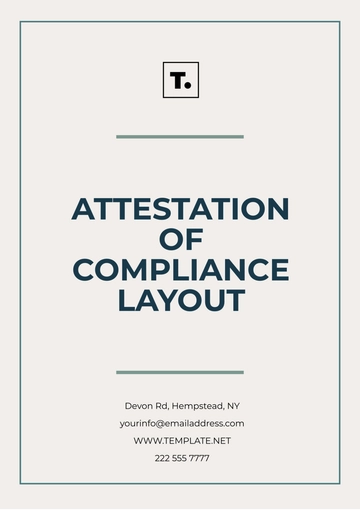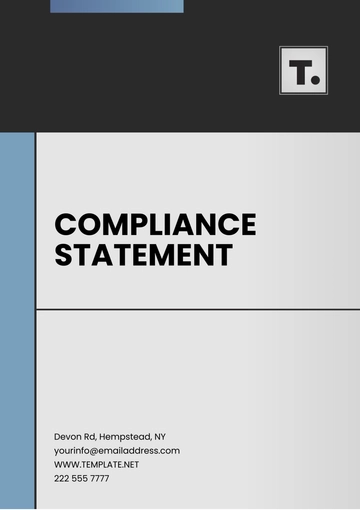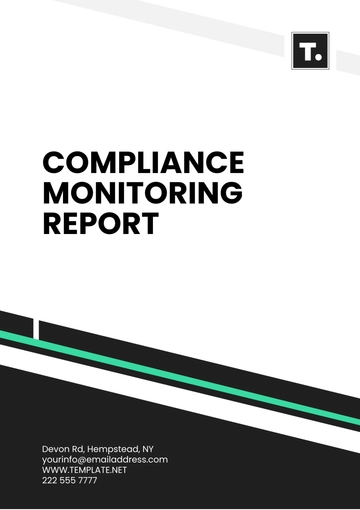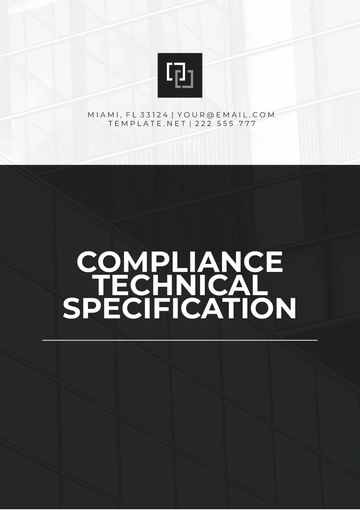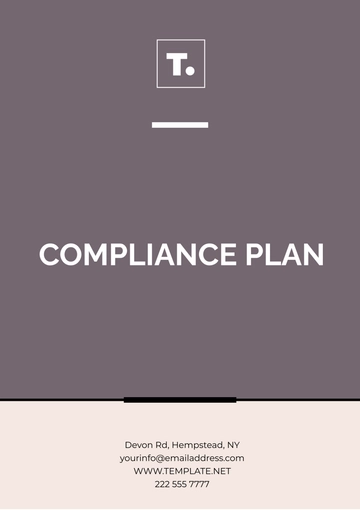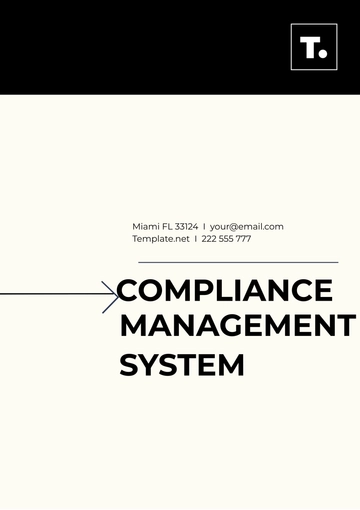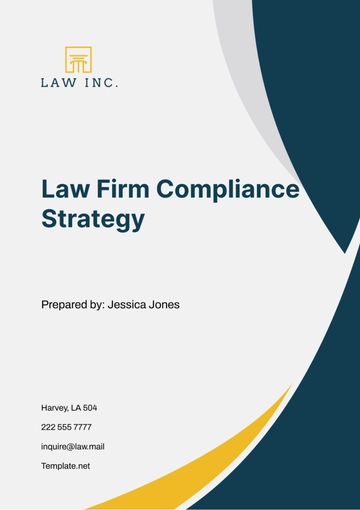Free Hazard Compliance Document
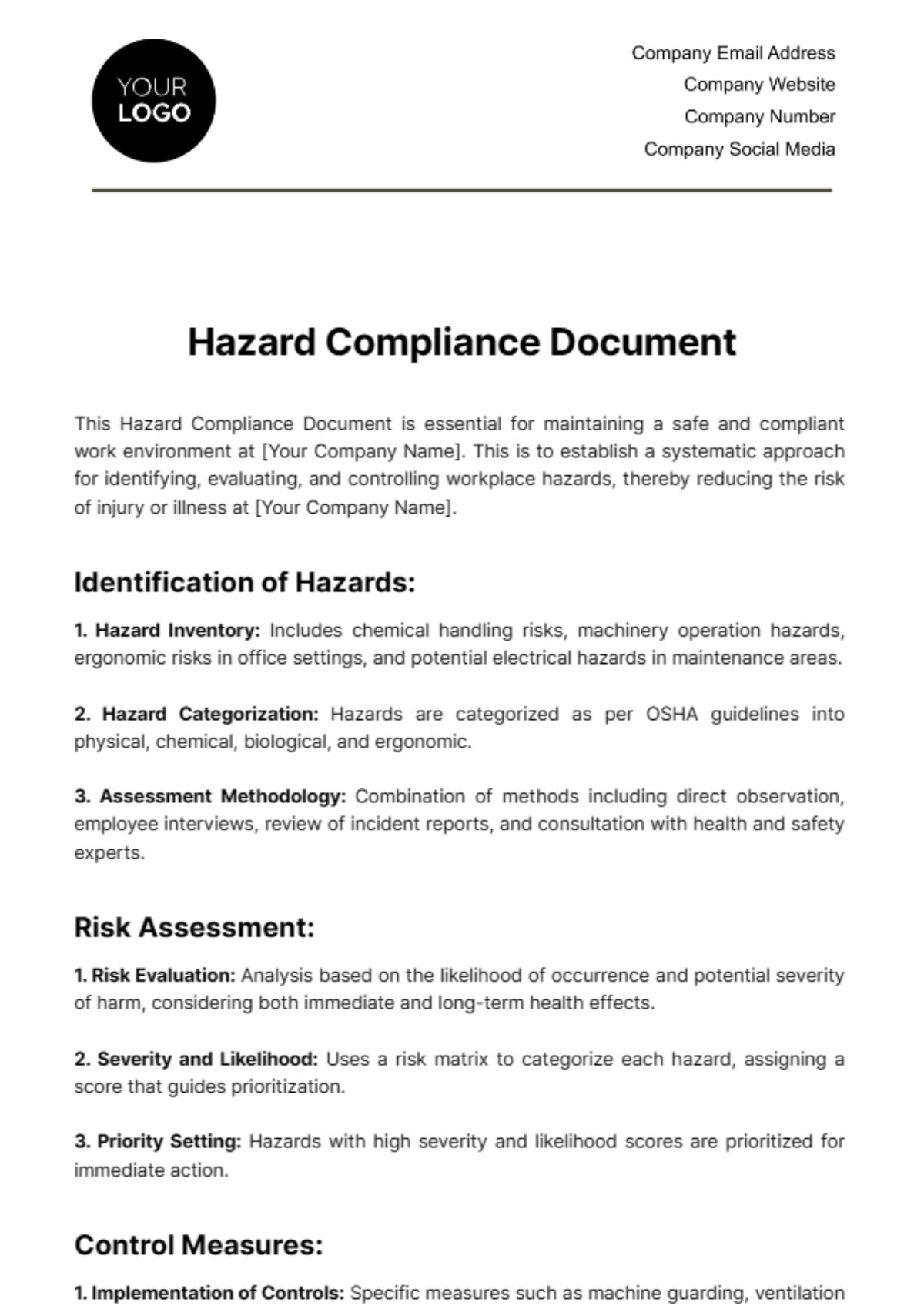
This Hazard Compliance Document is essential for maintaining a safe and compliant work environment at [Your Company Name]. This is to establish a systematic approach for identifying, evaluating, and controlling workplace hazards, thereby reducing the risk of injury or illness at [Your Company Name].
Identification of Hazards:
1. Hazard Inventory: Includes chemical handling risks, machinery operation hazards, ergonomic risks in office settings, and potential electrical hazards in maintenance areas.
2. Hazard Categorization: Hazards are categorized as per OSHA guidelines into physical, chemical, biological, and ergonomic.
3. Assessment Methodology: Combination of methods including direct observation, employee interviews, review of incident reports, and consultation with health and safety experts.
Risk Assessment:
1. Risk Evaluation: Analysis based on the likelihood of occurrence and potential severity of harm, considering both immediate and long-term health effects.
2. Severity and Likelihood: Uses a risk matrix to categorize each hazard, assigning a score that guides prioritization.
3. Priority Setting: Hazards with high severity and likelihood scores are prioritized for immediate action.
Control Measures:
1. Implementation of Controls: Specific measures such as machine guarding, ventilation systems for chemical hazards, ergonomic equipment for office settings, and regular safety drills.
2. Hierarchy of Controls: Strategies ranging from elimination to PPE.
3. Monitoring and Maintenance: Regular inspections and maintenance of safety equipment, ongoing monitoring of hazard control effectiveness.
Training and Awareness:
1. Comprehensive training covering specific hazards, proper use of safety equipment, emergency procedures, and reporting protocols.
2. Regular safety meetings, bulletin board postings, email updates, and safety suggestion boxes to foster a culture of safety.
Emergency Response and Incident Management:
1. Emergency Procedures: Customized procedures for each type of emergency, including evacuation plans, first-aid measures, and emergency contact information.
2. Incident Reporting: A clear, accessible process for reporting hazards and incidents, including an anonymous reporting system.
3. Post-Incident Review: Teams to analyze incidents, identify root causes, and implement corrective actions to prevent recurrence.
Review and Update Procedures:
Biannual reviews to assess the effectiveness of hazard controls and to integrate new safety standards. Process for revising the document, including stakeholder consultation, to ensure it reflects current best practices and regulatory changes.
- 100% Customizable, free editor
- Access 1 Million+ Templates, photo’s & graphics
- Download or share as a template
- Click and replace photos, graphics, text, backgrounds
- Resize, crop, AI write & more
- Access advanced editor
Ensure hazard compliance with Template.net’s Hazard Compliance Document Template. This clear and comprehensive document verifies adherence to safety regulations and standards. Essential for legal and safety compliance, it records and demonstrates regulatory conformity. Utilize this template to document your compliance efforts, ensuring your workplace meets all safety requirements and standards. Download now for peace of mind.

